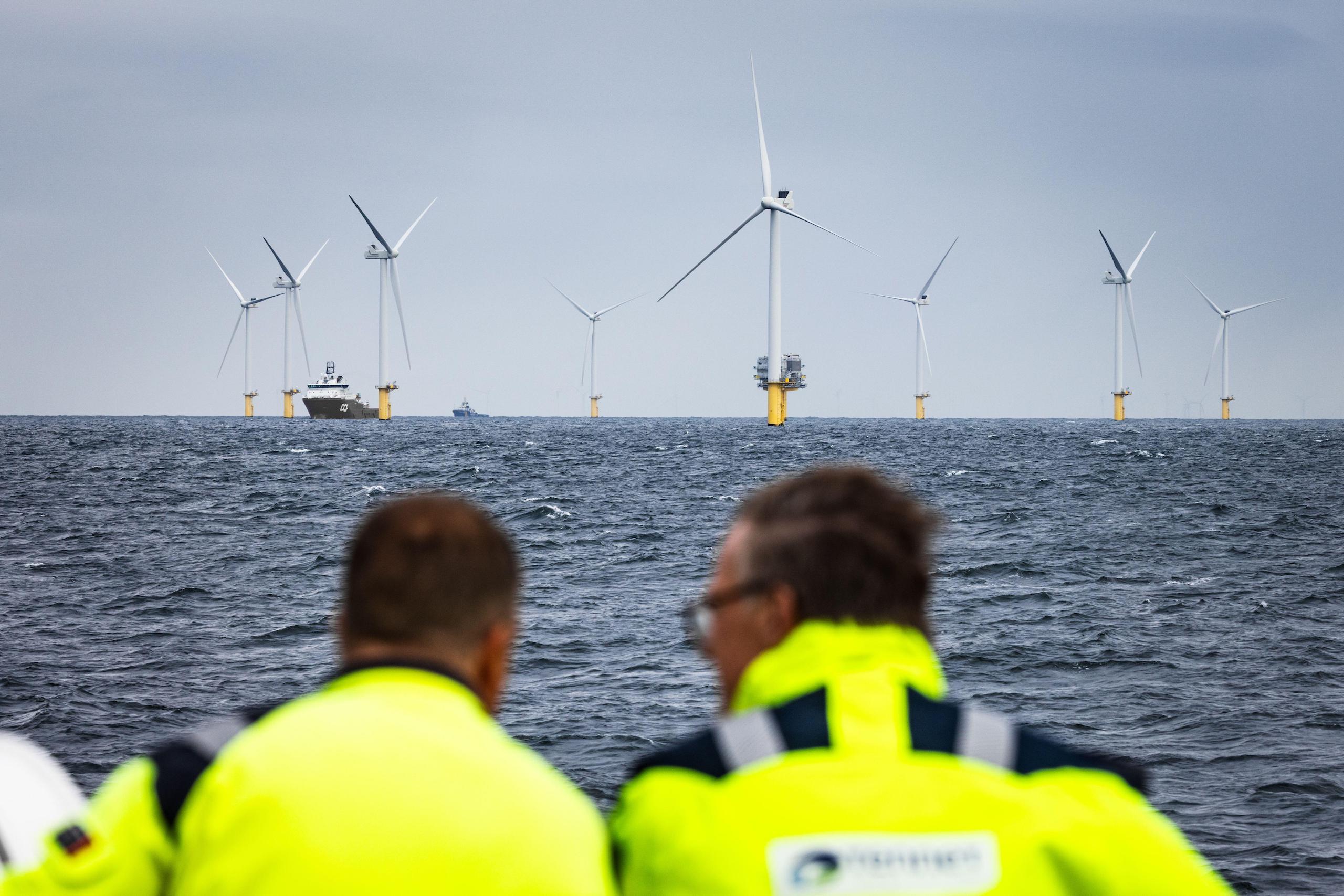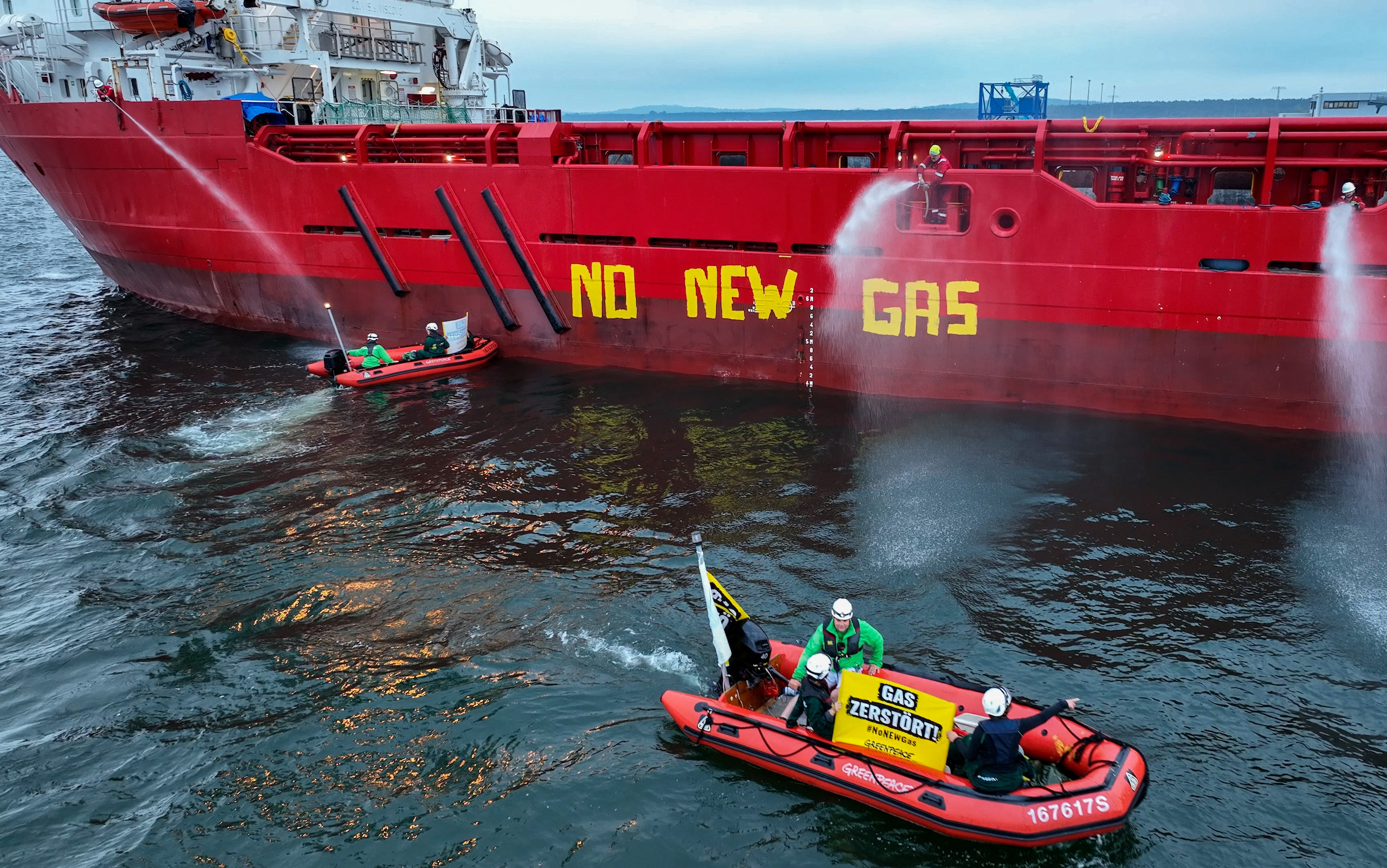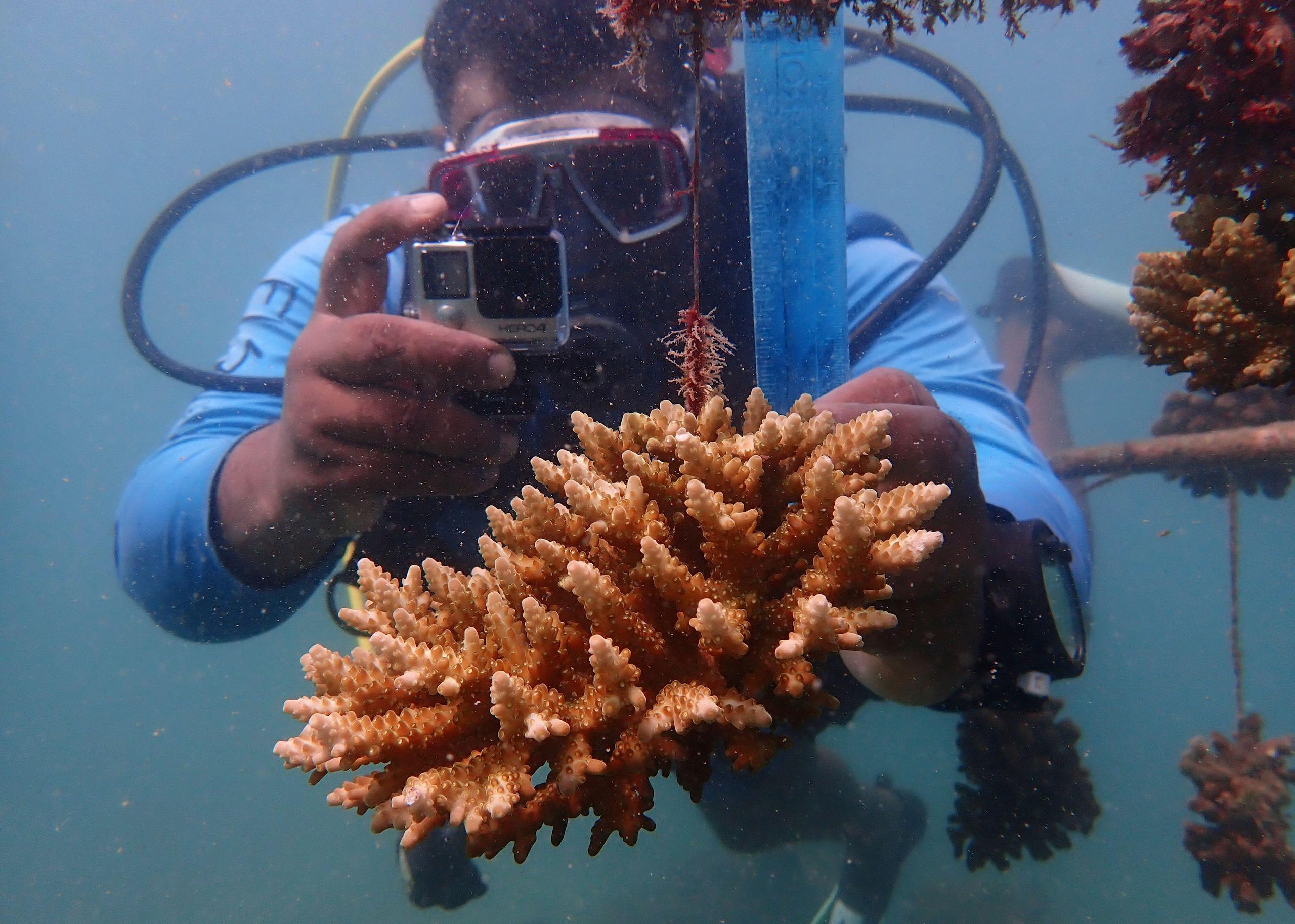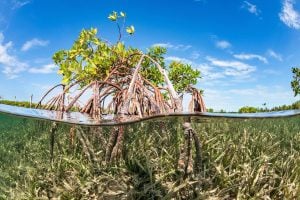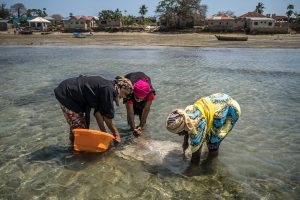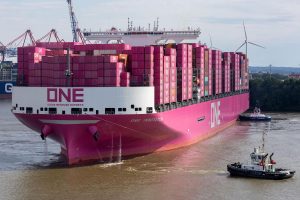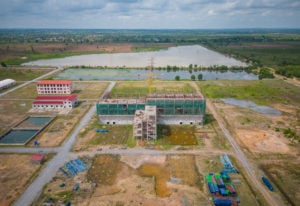It’s only three weeks until the annual UN climate conference takes place in Dubai, United Arab Emirates. World leaders, civil society and business representatives will gather at COP28 from 30 November to 12 December to discuss ways to increase the ambition of emission reduction while responding to the already visible climate crisis.
COP28 will see the conclusion of the Global Stocktake, through which progress under the Paris Agreement is assessed. The world is not on track to meet the agreement’s goal of limiting temperature increase to 1.5C, a report on the stocktake has found. However, governments still have great scope to speed up climate action.
Ocean campaigners say it is of critical importance that the potential of the ocean is harnessed to deliver climate solutions – such as by restoring mangrove forests and generating electricity using tides.
“There’s long been a recognition that ocean is a fundamental part of the climate system and that any response to climate [change] has to include ocean action,” Courtney Durham, a senior officer of Pew’s Conservation Support program, told China Dialogue Ocean. “COP28 and the Global Stocktake is a place to further emphasise that ocean and climate are linked.”
Since COP25 in 2019, which was promoted as the “Blue COP”, ocean issues have been high on the agenda at UN climate change negotiations, and COP28 shouldn’t be the exception. Scientists and campaigners are hopeful the ocean will indeed play a prominent role following several important ocean-related events this year.
The Global Stocktake
The ocean will be a part of both the COP’s official discussions, and its side events. Each day of the two-week conference is themed, with 9 December centred on “Nature, Land Use and Oceans”. Marine NGOs will also have their own stall, the Ocean Pavilion, with a packed schedule of events.
The conclusion of the Global Stocktake is seen as an opportunity to emphasise the ocean’s role in climate, and encourage countries to mainstream ocean-based actions into their climate goals. “We want to see the ocean highlighted as an important element in the response to climate change,” said Pauli Merriman, head of ocean policy at WWF.
The stocktake process started in 2021, gathering information from scientists, technocrats, business people, Indigenous leaders and civil society. This was followed by rounds of discussions and, in September, a report highlighting progress made since the 2015 Paris COP. The report stated that “while action is proceeding, much more is needed now on all fronts” to meet the Paris goals.
In Dubai, delegates will produce a summary of key political decisions established at the COP and agree on the next steps to keep alive the goal of limiting global average temperature rise to 1.5C. “The stocktake shows that we still have a problem and ocean solutions offer an interesting opportunity,” said Torsten Thiele, an expert in sustainable blue finance.
Marine Lecerf, international policy officer at Ocean and Climate Platform, an NGO, said that at the very least the ocean should appear in the summary text. Ideally, she would like to see it presented as a solution for mitigating emissions and adapting to climate change impacts. “When you see the ocean [in] COP decision texts, it’s usually quite broad,” Lecerf said. Instead, more specific wording could guide countries to take more ocean-based climate actions after COP.
The Ocean and Climate Change Dialogue, a forum on ocean-based climate solutions and accelerating action, published a report in September. It said the stocktake is a “unique opportunity” to highlight the ocean’s importance and set guidelines for countries to include more ocean-based measures in their climate plans.
Such actions now feature more prominently in countries’ new or updated climate plans (also known as Nationally Determined Contributions or NDCs). Out of 106 new or updated NDCs from coastal and island countries, 73% include at least one target, policy, or measure aimed at ocean-based climate actions, a report from last year showed.
“Ocean and coastal zones are critical pieces of the overall action needed to address climate change. Pieces that can’t be ignored or missed,” said Lisa Schindler Murray, director of natural climate solutions and blue carbon at Rare, a US-based non-profit. “The intention is for the stocktake to inform future NDCs, featuring the ocean and coastal zones as critical outcomes.”
Ocean and climate change
Covering over two-thirds of the planet’s surface, the ocean plays a crucial part in the climate system by regulating heat transfers, water and carbon cycles, among other roles. Since the beginning of the Industrial Revolution, it has absorbed around 23% of all greenhouse gas emissions and 90% of the heat locked-in by human activities.
A study published in September found that ocean-based climate solutions can deliver up to 35% of the annual emission cuts and absorption needed in 2050 to limit global temperature rise to 1.5C – up from a previous estimate of around 21%.
These solutions include ocean-based renewable energy generation, cutting emissions from the shipping industry, and restoring carbon-rich ecosystems. However, finance for such projects has been largely lacking so far.
The ocean can also contribute to adapting to the impacts of climate change. In its Sixth Assessment Report (2021-2023), the UN’s climate science body the IPCC, listed a range of marine “nature-based solutions” – to protect, restore and sustainably manage ecosystems to better prepare nature and people for climate impacts – including the creation of marine protected areas (MPAs).
International cooperation on ocean protection has progressed this year. In June, the UN formally adopted the first international treaty to govern the high seas and protect remote ecosystems vital to humanity, after more than 15 years of discussions. In August, governments launched the new Global Biodiversity Framework Fund, which could be crucial to accomplishing the goal of protecting 30% of the ocean by 2030. And September saw the publication of an early draft of the proposed UN treaty to end global plastic pollution.
But ocean campaigns emphasise the need to do more, especially by driving ocean-based climate action.
“The ocean has always been a vehicle for climate action. It inspires people,” said Remi Parmentier, director of environmental consultancy the Varda Group. “There’s good stuff now happening about the ocean, the momentum has increased, but we need more. Governments have to put the money where their mouths are.”
